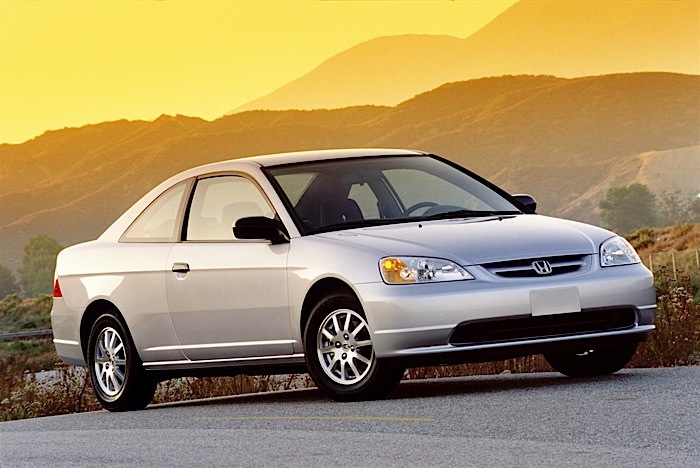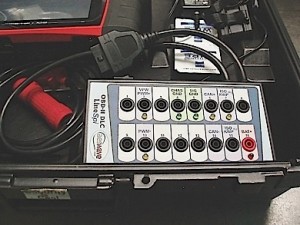Getting Started on Bus Communications
To date, multiplexed body control electronics have been a relatively minor part of the diagnostic workflow in most independent shops. But, since CAN bus communications systems were mandated as standard equipment in 2008, more import platforms equipped with CAN systems will undoubtedly be coming into your shop.
To better prepare for bus communications diagnostics, it’s important to remember that the basic configurations of bus communications systems are not regulated by the Environmental Protection Agency (EPA), as are engine management and emissions control systems.
Consequently, they’re very application-specific and are becoming even more complex with the addition of telematics and “infotainment” systems, all of which makes them far more difficult to master and to diagnose.
As a first step, you can begin to understand how modules communicate with each other by the simple process of polling all vehicle modules for both communications and trouble codes before diagnosing any no-start complaint. If you have a module that’s not communicating, you should be able to retrieve a U1000-series diagnostic trouble code (DTC).
The U1000-series DTCs will contain numbers that identify the offending module, or that information will be contained in the DTC description and enabling criteria. Remember, too, that with some configurations of on-board modules, a single bad module can pull down the whole bus communications system. In this case, the offending module must be disconnected before bus communications can be restored.
The next step is to invest in a Diagnostic Link Connector (DLC) breakout box (BOB). BOBs essentially eliminate the need for determining which DLC pin is carrying which bus communications signals. Generally priced from $200 to $400, BOBs are a relatively inexpensive method for determining the presence of bus communications signals.
In addition to LEDs indicating that a particular bus system is communicating, the BOB should also have banana-plug ports that allow a technician to connect a multimeter or labscope directly into the bus communications system to evaluate the presence and quality of bus signals. Last, it’s important to get up-to-date training on bus communications diagnosis. If you can get training for the import vehicles that you’re servicing, so much the better. As they say, knowledge is the horse, experience is the rider when it comes to diagnosing bus communications systems.















